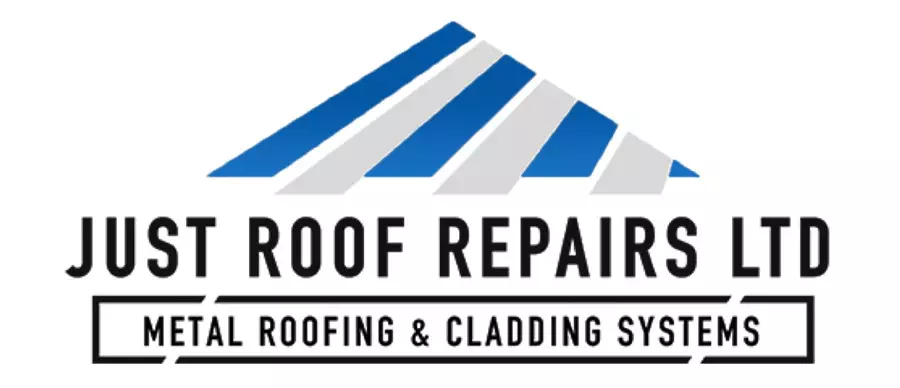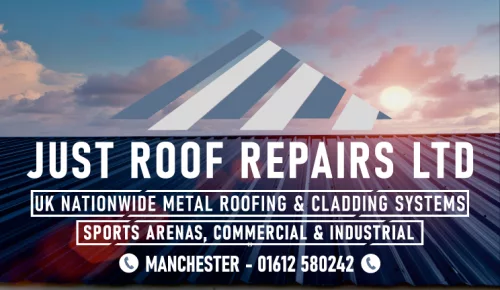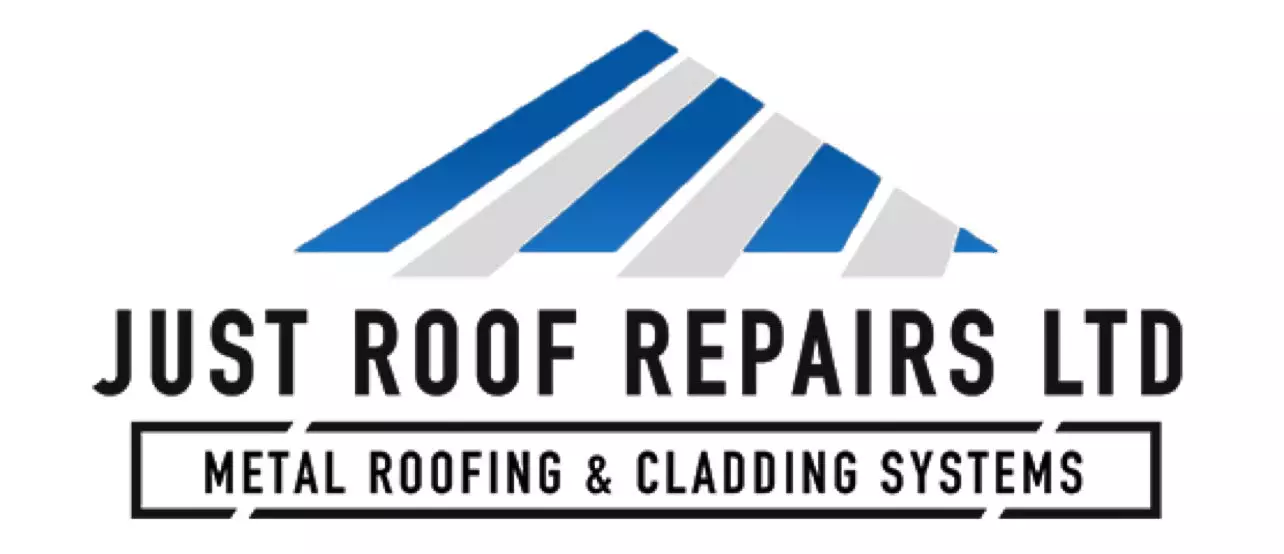When considering roof cladding, you must recognise its dual role in enhancing structural integrity and energy efficiency. It efficiently manages load distribution and wind resistance, minimising localized failures. Additionally, modern materials improve insulation, reducing energy costs. As you explore the various types and their specific benefits, you’ll uncover critical factors that can influence your building’s long-term performance and sustainability. Understanding these elements is essential for making informed choices in your roofing strategy.

Key Takeaways
- Roof cladding enhances structural integrity by managing load distribution, reducing localized failures, and improving resistance against extreme weather conditions.
- Effective cladding materials prevent water infiltration and thermal loss, contributing to the overall stability and robustness of the roofing system.
- Modern cladding options feature reflective properties that minimise solar heat absorption, greatly improving energy efficiency and reducing reliance on HVAC systems.
- Advanced materials in roof cladding offer insulation benefits that lead to significant energy savings and promote proactive energy management.
- Smart roof systems utilise IoT technology for real-time monitoring, optimising energy management and ensuring compliance with building codes for enhanced efficiency.
Understanding Roof Cladding and Its Importance
While you may not think about it often, roof cladding plays an essential role in protecting your home from various environmental factors. It serves as the first line of defence against weather elements, preventing water infiltration and thermal loss.
Understanding roof cladding benefits is important; it improves your home’s structural integrity and contributes to energy efficiency. Proper installation techniques are critical to maximise these benefits—ensuring that the cladding fits securely, allows for ventilation, and accommodates expansion and contraction.
When installed correctly, roof cladding can greatly reduce maintenance costs and improve the lifespan of your roofing system. Ultimately, investing time in understanding and utilising effective installation techniques will yield long-term advantages for your home’s durability and energy performance.
Common Types of Roof Cladding Materials
When considering roof cladding, you’ll find a range of materials available, each with distinct properties.
Metal options, such as aluminium and steel, offer durability and efficiency, while traditional materials like slate and wood provide a classic aesthetic.
Understanding the differences between these modern and traditional materials can greatly impact your roofing decision.
Metal Roof Cladding Options
Metal roof cladding options offer a range of materials that improve both durability and aesthetic appeal. Among the most popular choices are aluminium panels and galvanised steel.
Aluminium panels are lightweight, corrosion-resistant, and provide excellent thermal performance, making them ideal for various climates. They also come in various finishes, allowing for customisable designs.
On the other hand, galvanised steel is known for its strength and resistance to impact and weathering. It features a protective zinc coating that prolongs its lifespan, making it suitable for commercial and residential applications.
Both materials not only bolster the structural integrity of your roof but also contribute to energy efficiency by reflecting sunlight and reducing heat absorption.
Choose wisely based on your specific needs.
Traditional vs. Modern Materials
As you explore roof cladding materials, you’ll find a distinct contrast between traditional and modern options, each offering unique advantages.
Traditional materials like wood, slate, and clay tiles have long been valued for their aesthetic appeal and durability. However, they often require significant maintenance and can be less energy-efficient.
In contrast, modern innovations such as metal, composite materials, and solar-integrated roofing systems provide improved durability and energy efficiency. These contemporary options are designed to withstand harsh weather conditions while minimising heat loss.
Additionally, they often feature lighter weights and easier installation processes.
Ultimately, by understanding both traditional materials and modern innovations, you can make an informed choice that aligns with your structural integrity and energy efficiency goals.
How Roof Cladding Enhances Structural Integrity
Roof cladding plays an essential role in enhancing the structural integrity of a building by providing a robust barrier against environmental stresses. By effectively managing load distribution, cladding guarantees that weight is evenly spread across the structure, reducing the risk of localized failures. This is particularly important in areas prone to heavy snowfall or other extreme conditions.
Additionally, roof cladding considerably improves wind resistance, protecting your building from potential damage caused by high winds. The materials used in cladding can withstand extreme weather events, maintaining the overall stability of your roof.
The Role of Roof Cladding in Energy Efficiency
While many homeowners may not realise it, roof cladding greatly contributes to a building’s energy efficiency by minimising heat loss and gain. By acting as a barrier, it boosts the insulation benefits of your roofing system, ensuring that conditioned air remains inside during extreme temperatures.
This minimises reliance on heating and cooling systems, leading to significant energy savings over time. Additionally, modern cladding materials often include reflective properties that reduce solar heat absorption, further optimising indoor climate control.
The effectiveness of roof cladding in maintaining stable temperatures directly correlates with reduced energy consumption, making it a smart investment for energy-conscious homeowners. By choosing the right cladding, you not only improve aesthetics but also enhance long-term energy efficiency.
Benefits of Insulation and Thermal Performance
Effective insulation plays an essential role in enhancing thermal performance within a building. By improving thermal resistance, insulation minimises heat transfer, keeping your interiors comfortable year-round.
You’ll experience significant insulation benefits, such as reduced energy costs, as your heating and cooling systems won’t have to work as hard. Additionally, effective insulation contributes to a consistent indoor temperature, which is critical for energy efficiency.
It can also help in reducing condensation and moisture issues, protecting your roof and walls from potential damage. By investing in quality insulation, you’re not only enhancing your building’s structural integrity but also optimising its energy usage, leading to long-term savings and a more sustainable living environment.
Factors to Consider When Choosing Roof Cladding
When selecting roof cladding, several critical factors can greatly influence your decision. First, consider the material’s aesthetic appeal, as it greatly impacts your building’s overall look. Different materials, such as metal, wood, or tiles, offer various styles and finishes, allowing you to align your choice with your architectural vision.
Next, evaluate the installation process; some cladding systems require specialised skills or tools, which can affect labour costs and timelines. Additionally, factor in durability and maintenance requirements, as these can influence long-term performance and expenses.
Finally, verify that your selection meets local building codes and energy efficiency standards to optimise structural integrity. Balancing these elements will lead you to an informed and effective choice in roof cladding.
Future Trends in Roof Cladding Technology
As you explore future trends in roof cladding technology, consider the rise of innovative materials that improve durability and aesthetics.
Smart roof systems are also gaining traction, integrating IoT capabilities for enhanced energy efficiency and monitoring.
Additionally, sustainability and recycling trends are shaping material choices, ensuring your roof meets environmental standards while maximising performance.
Innovative Materials Development
Innovative materials development in roof cladding technology is revolutionising the construction industry, offering improved durability, energy efficiency, and aesthetic appeal.
You’ll find that biodegradable materials are gaining traction due to their eco-friendly properties and potential to reduce landfill waste. These materials not only meet environmental standards but also maintain structural integrity.
Additionally, nanotechnology applications are enhancing performance characteristics, such as thermal insulation and water resistance. By integrating nanomaterials, you can achieve lighter yet stronger cladding solutions that improve energy efficiency.
As these advancements continue, expect to see a shift towards multifunctional roof cladding that incorporates both sustainable practices and cutting-edge technology, ultimately reshaping the landscape of modern architecture.
Adopting these innovations is essential for future-proofing your projects.
Smart Roof Systems
The emergence of smart roof systems is set to redefine roof cladding technology by integrating advanced monitoring and control capabilities.
These systems utilise smart technology to optimise energy management, allowing you to monitor temperature, humidity, and energy consumption in real-time. By employing sensors and IoT connectivity, your roof can respond dynamically to environmental changes, adjusting insulation properties or activating cooling systems as needed.
This proactive approach not only improves comfort but also reduces energy costs considerably. Additionally, smart roof systems can provide data analytics, helping you make informed decisions about maintenance and upgrades.
As you consider your roofing options, investing in intelligent cladding solutions will be essential for maximising energy efficiency and ensuring long-term structural integrity.
Sustainability and Recycling Trends
While many industries are shifting towards sustainability, roof cladding technology is experiencing a significant change driven by recycling trends and eco-friendly materials.
You’ll notice an increasing focus on green materials, which not only bolster the structural integrity of roofs but also minimise environmental impact. Manufacturers are prioritising recycled content in their products, reducing the demand for virgin resources.
This trend aligns with eco-friendly practices that promote energy efficiency and longevity, ensuring that roofs contribute to sustainable building goals. As you explore options, look for cladding systems that incorporate innovative recycling methods and sustainable sourcing.
Frequently Asked Questions
How Does Roof Cladding Affect Home Resale Value?
Roof cladding considerably affects your home’s resale value.
By enhancing market appeal, it attracts potential buyers who prioritise aesthetics and durability.
Current resale trends indicate that homes with high-quality cladding often sell faster and at a premium.
Additionally, the right materials can suggest lower maintenance costs, further appealing to buyers.
Investing in quality roof cladding not only boosts your home’s visual attractiveness but also positions it favourably in a competitive market.
Can Roof Cladding Reduce Noise Pollution?
Yes, roof cladding can greatly reduce noise pollution in your home.
By incorporating materials with effective sound insulation properties, it improves noise reduction from external sources like traffic or weather.
When you select cladding designed for acoustic performance, you’re investing in a quieter living environment.
This not only boosts your comfort but also adds to the overall quality of your home, making it a more pleasant space to relax and unwind.
Is Roof Cladding Maintenance Required, and How Often?
Yes, roof cladding does require maintenance, and the frequency depends on the cladding materials used.
Generally, you should inspect your roof at least once a year, looking for signs of wear or damage.
If you’ve got metal cladding, you might need less frequent maintenance than with wood or vinyl materials, which can deteriorate faster.
Regular upkeep not only prolongs the lifespan of your roof but also guarantees peak performance and aesthetics.
What Are the Installation Costs for Roof Cladding?
When considering installation costs for roof cladding, you’ll find that various installation materials markedly impact the overall expense.
Typically, metal, vinyl, and wood cladding each come with different price points, so a cost comparison is essential.
On average, installation costs can range from £5 to £15 per square foot, depending on the material choice and labour involved.
It’s vital to assess your budget and desired cladding type before making a decision.
Does Roof Cladding Influence Indoor Air Quality?
Yes, roof cladding can influence indoor air quality.
By improving your building’s insulation and reducing moisture accumulation, it helps limit indoor pollutants. Properly installed cladding works in tandem with ventilation systems, promoting effective airflow and minimising the stagnation of harmful substances.
This combination guarantees that fresh air circulates efficiently, reducing the risk of respiratory issues and improving overall indoor air quality.
Conclusion
In conclusion, selecting the right roof cladding is essential for enhancing both structural integrity and energy efficiency in your building. By understanding the various materials and their benefits, you can make informed decisions that lead to improved performance and durability. As technology advances, staying updated on trends will guarantee your roofing system remains efficient and resilient. Ultimately, investing in high-quality cladding not only protects your structure but also contributes to sustainable energy management practices.


